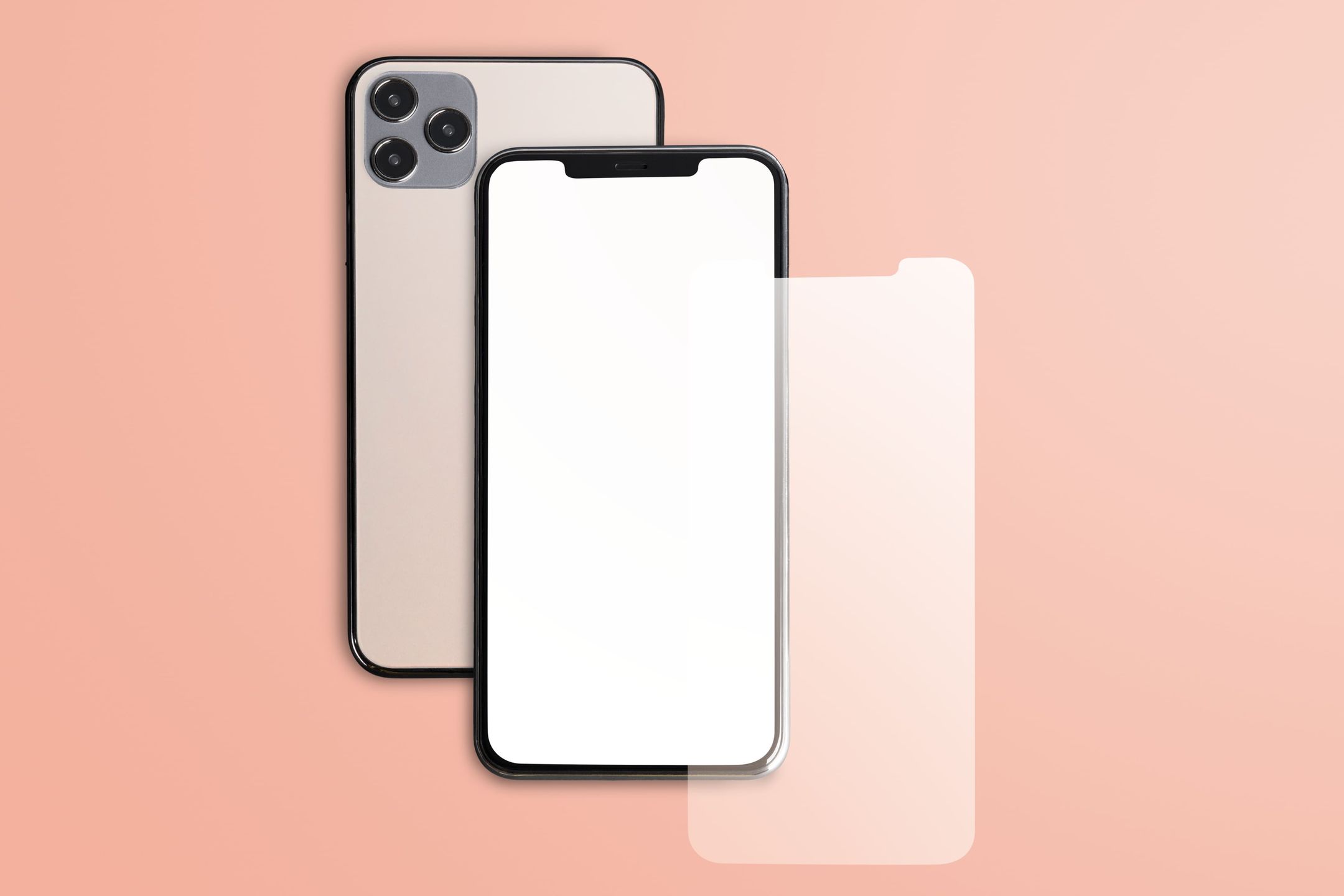
What is a PET Screen Protector? The Advantages and Characteristics of PET Material
Have you ever wondered which material is best for a screen protector? PET, TPU, tempered glass, liquid nano, or ceramic? With so many options available, it can be difficult to decide. However, PET material is popular due to its excellent performance and affordability,So what is a PET screen protector? In this article, we’ll explore everything you need to know about PET screen protectors.
What Is the Best Material for Screen Protector?
The best material for screen protectors varies from person to person, but PET material is popular due to its excellent performance and relatively low cost. PET screen protectors are highly transparent, preserving the display quality of screens. Additionally, they offer high hardness and abrasion resistance, effectively preventing scratches and wear. Moreover, PET screen protectors have anti-fingerprint and anti-oil features, keeping screens clean and clear.
Uses and Characteristics of PET Screen Protectors
PET screen protectors are commonly used to protect smartphones, tablets, and other electronic devices. Made from Polyethylene Terephthalate, PET screen protectors are lightweight, transparent, abrasion-resistant, and scratch-resistant. Their primary function is to safeguard device screens against scratches, oil stains, and fingerprints, and reduce screen wear, thus extending their lifespan.
What Are the Common Materials for Screen Protectors?
Common materials for screen protectors include:
1. PET (Polyethylene Terephthalate): Thin, transparent, and abrasion-resistant, PET screen protectors are commonly used for protecting smartphone and tablet screens, offering basic protection against light to moderate scratches.
2. TPU (Thermoplastic Polyurethane): Highly transparent and elastic, providing resistance against impacts and scratches, suitable for devices requiring higher abrasion resistance and impact resistance.
3. Tempered Glass: Offering higher resistance to drops and scratches, typically used for devices with high screen protection requirements, although it may add some thickness to the screen.
4. Liquid Nano: Applied as a liquid coating on the screen, claiming to provide some scratch and fingerprint resistance, but with relatively limited protection.
5. Ceramic: A new material with excellent hardness and abrasion resistance, providing high screen protection, albeit with higher costs and complex installation.
These are some common materials for screen protectors, each with its unique advantages and limitations. When choosing a screen protector, consider your specific needs and budget to determine the most suitable material type.
Do PET Screen Protectors Work?
PET screen protectors, or Polyethylene Terephthalate screen protectors, are typically used to safeguard the displays of electronic devices such as smartphones, tablets, and laptops. Their operation involves covering the screen to create a protective barrier and reducing direct contact and scratches to safeguard the screen from damage.
PET screen protectors generally possess the following characteristics:
1. High transparency, ensuring no interference with the display quality.
2. Strong abrasion resistance, capable of resisting minor scratches from everyday use.
3. Anti-fingerprint and anti-oil smudge properties, keeping the screen clean and enhancing the viewing experience.
4. Easy installation, often featuring a statically adhering layer for effortless attachment without the need for adhesives.
5. Relatively easy replacement if damaged or contaminated.
PET Plastic Screen Protector
PET plastic screen protectors, made from PET material, offer high transparency, abrasion resistance, and scratch resistance. They effectively protect device screens from scratches, oil stains, and fingerprints, and also feature UV protection to shield screens from UV damage. PET plastic screen protectors are a cost-effective screen protection product suitable for various electronic devices.
In conclusion, the choice of the best screen protector material is indeed extensive. However, PET screen protectors are favored for their excellent performance, affordability, and versatility. They offer high transparency, scratch resistance, anti-fingerprint, and anti-oil properties, making them an ideal choice for protecting screens of smartphones, tablets, and other electronic devices. With easy installation and reasonable prices, PET screen protectors provide a reliable solution to enhance the lifespan and clarity of device displays. Therefore, whether you choose PET, TPU, tempered glass, liquid nano, or ceramic, understanding the unique characteristics of each material will help you make wise decisions to meet your needs and preferences.

